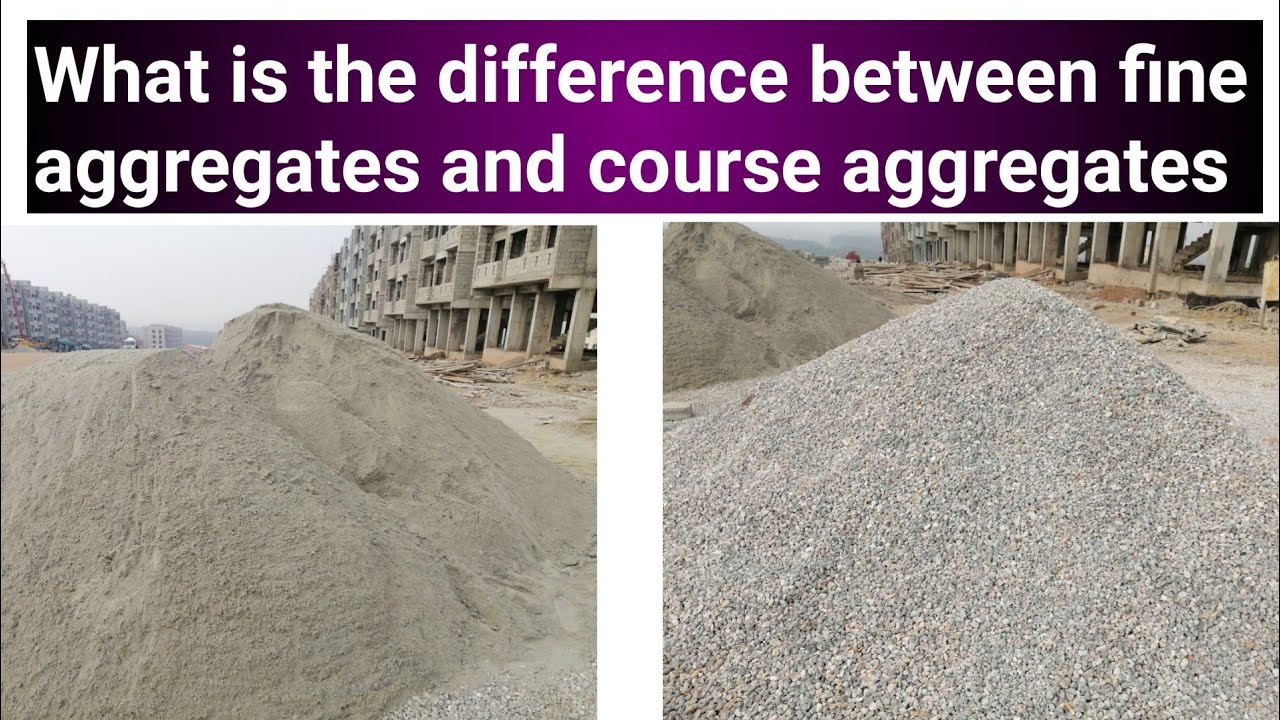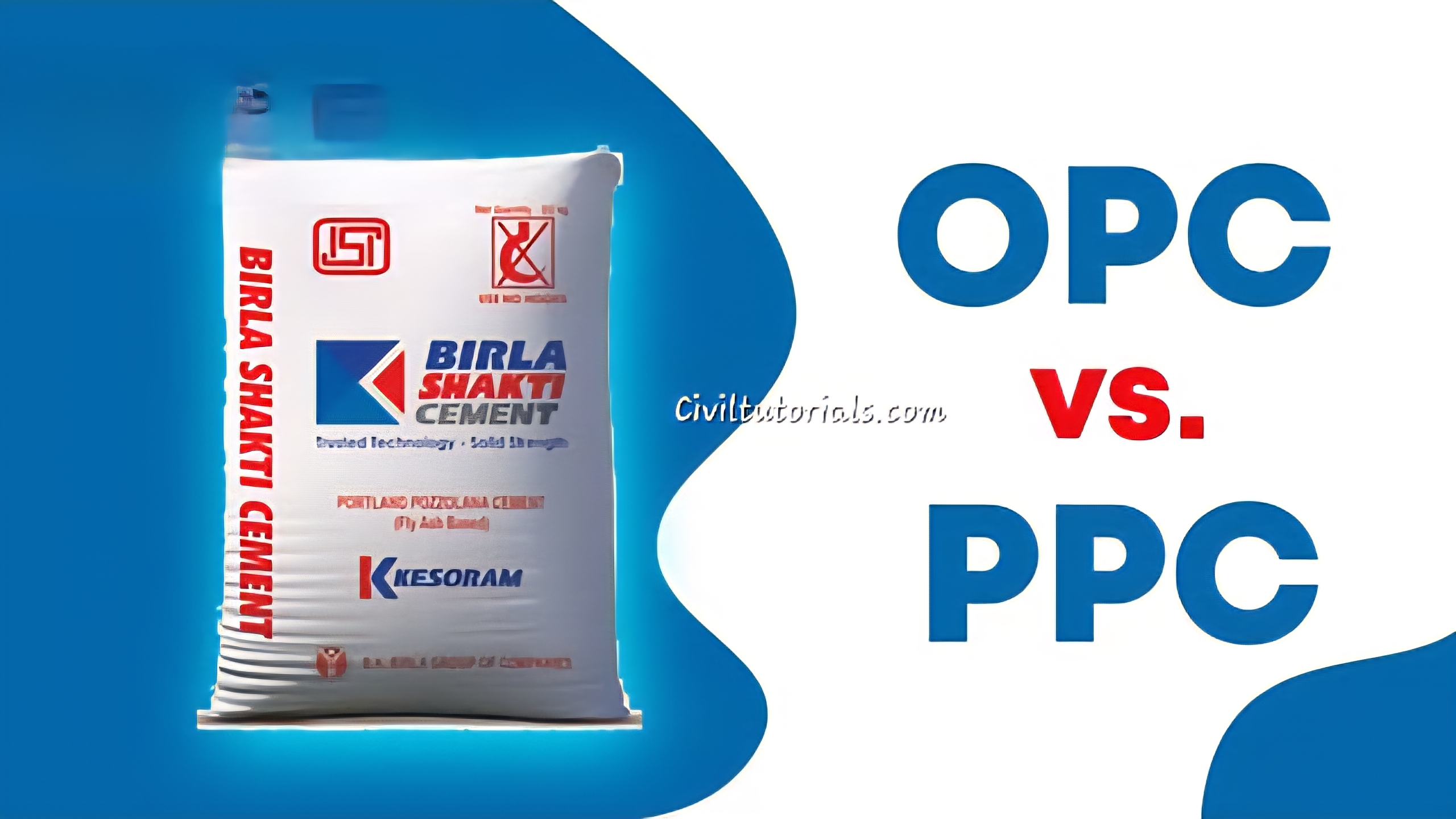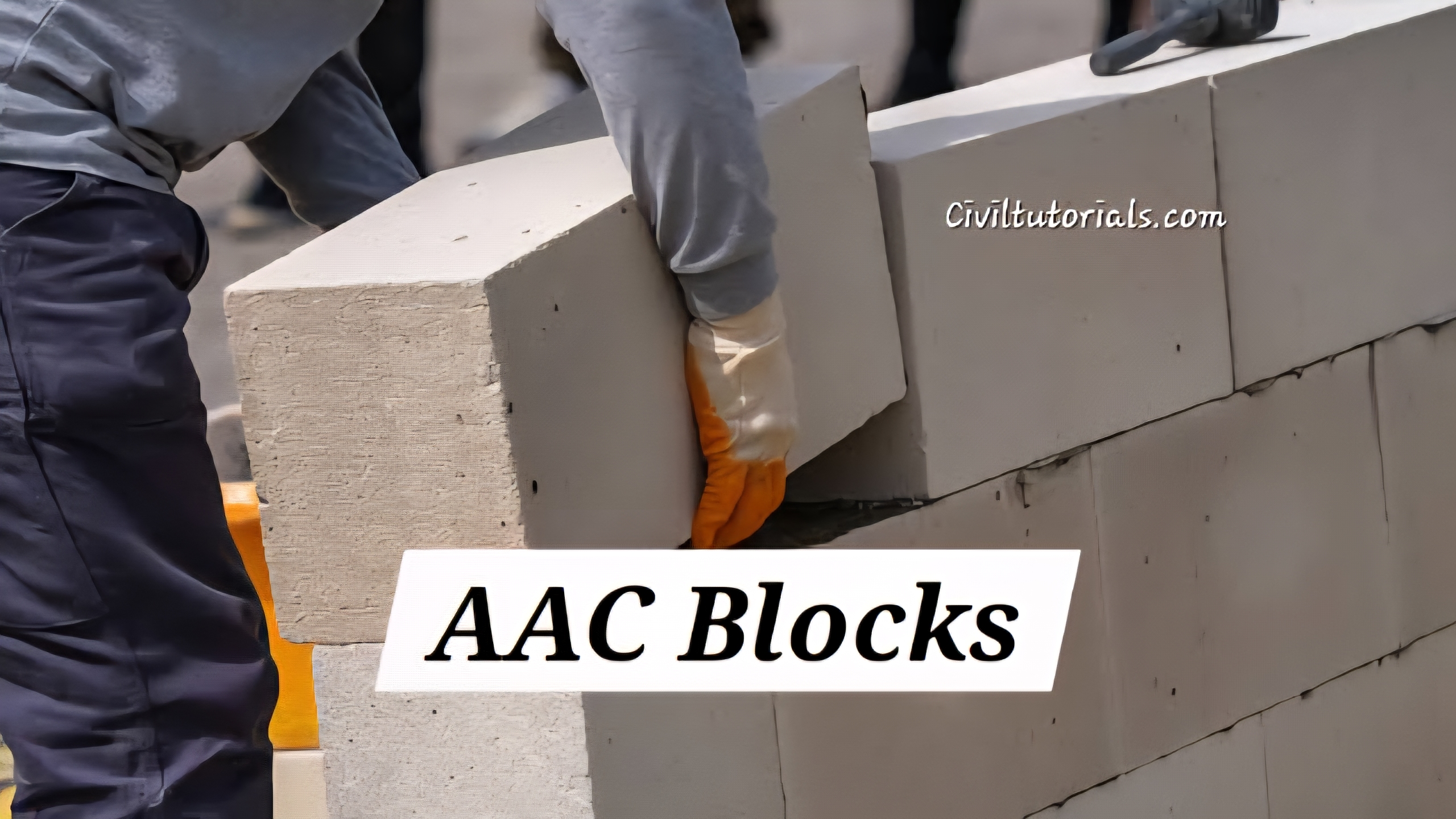When it comes to modern roofing solutions, TPO roofinge has gained significant popularity in the civil construction and commercial roofing industry. If you’re searching for an efficient, affordable, and durable roofing material, understanding what is TPO roofinge can help you make better decisions for your residential or commercial project.
TPO roofinge, short for Thermoplastic Polyolefin roofing, is a single-ply roofing membrane primarily used in flat roofs. Known for its energy efficiency, flexibility, and resistance to UV rays, TPO is commonly applied in industrial and commercial buildings. It provides a cost-effective solution without compromising quality or lifespan.
In this guide, we’ll explore what is TPO roofinge, the different types available, its uses across industries, and its various benefits. We’ll also compare TPO with other roofing materials, look into installation methods, and answer some frequently asked questions—all in simple, easy-to-read language suitable for homeowners, builders, and industry professionals alike.
What is TPO Roofinge?
TPO roofinge is a type of single-ply membrane roofing system made from thermoplastic polyolefin—a blend of polypropylene and ethylene-propylene rubber. It’s designed to be durable, weather-resistant, and energy-efficient. TPO membranes are usually white or light-colored, which reflects sunlight and helps reduce cooling costs.
Key Features of TPO Roofinge
- Single-ply membrane
- UV and heat resistant
- White or light-colored for better reflectivity
- Seam-welded with hot air for a watertight bond
- Flexible and lightweight
Types of TPO Roofinge
There are different forms of TPO roofinge available based on thickness, reinforcement, and application techniques. Here are the most common types:
1. Reinforced TPO Membrane
This type includes a polyester fabric layer between the TPO sheets for enhanced strength and flexibility. It’s ideal for areas with heavy wind, foot traffic, or structural movement.
2. Non-Reinforced TPO Membrane
Used mainly for flashing and detail work, this version lacks internal reinforcement. It is more flexible but less resistant to physical damage compared to reinforced TPO.
3. Fleece-Backed TPO
Fleece-backed TPO roofinge has an added fabric backing that offers better insulation and impact resistance. It’s excellent for recovering older roofing systems.
4. TPO Membranes by Thickness
| Thickness | Durability | Use Case |
|---|---|---|
| 45 mil | Moderate | Cost-sensitive projects |
| 60 mil | High | Balanced cost and performance |
| 80 mil | Superior | Long-lasting and durable applications |
Installation Methods of TPO Roofinge
The method used for installing TPO roofinge plays a big role in its performance and lifespan. Here are the three main types:
Mechanically Attached System
TPO sheets are fastened to the roof deck using screws and plates, and the seams are hot-air welded. This method is quicker and cost-effective.
Fully Adhered System
In this method, adhesive is used to stick the TPO membrane directly onto the substrate. It offers a clean, smooth finish and strong resistance to uplift forces.
Ballasted System
TPO sheets are laid loosely over the roof and held in place with gravel or concrete pavers. This is suitable for large flat roof areas with limited foot traffic.
Common Uses of TPO Roofinge
TPO roofinge is versatile and finds applications in a wide range of buildings and structures. Some common uses include:
Commercial Buildings
From warehouses to office complexes, TPO is frequently used in commercial constructions due to its affordability and durability.
Industrial Facilities
Its chemical resistance makes TPO suitable for industries with exposure to oils, greases, or pollutants.
Residential Flat Roofs
Modern homes with flat roofs use TPO for a sleek, energy-efficient solution that reflects heat and reduces air conditioning needs.
Green Buildings
Thanks to its energy efficiency and recyclable materials, TPO roofinge is often part of green building certifications and eco-friendly designs.
Benefits of TPO Roofinge
There are many reasons why TPO roofinge has become one of the most preferred roofing materials today. Here are the top benefits:
1. Energy Efficiency
TPO’s reflective surface significantly reduces heat absorption, which can lower energy bills during hot weather.
2. UV and Chemical Resistance
Its strong resistance to ultraviolet rays, ozone, and industrial pollutants ensures a long-lasting roofing surface.
3. Cost-Effective
TPO roofinge offers the benefits of both EPDM and PVC roofs at a more affordable cost, making it a budget-friendly choice.
4. Easy Installation
The membrane is lightweight and easy to handle, which simplifies the installation process and reduces labor costs.
5. Eco-Friendly
TPO is 100% recyclable and often used in environmentally friendly construction projects.
6. Durable and Weather-Resistant
TPO membranes can withstand extreme weather conditions, from heavy rains to high winds and hailstorms.
TPO Roofinge vs Other Roofing Systems
Let’s compare TPO roofinge with other common roofing types:
| Roofing Type | Cost | Lifespan | Energy Efficiency | Ease of Installation |
|---|---|---|---|---|
| TPO | Medium | 15–25 years | High (reflective surface) | Easy |
| EPDM | Low | 20–30 years | Moderate | Easy |
| PVC | High | 20–30 years | High | Moderate |
| Modified Bitumen | Medium | 10–20 years | Low | Complex |
Maintenance of TPO Roofinge
Keeping your TPO roof in good condition is fairly straightforward. Here’s how:
Regular Inspections
Inspect the roof at least twice a year, especially after extreme weather events.
Cleaning
Remove dirt, debris, and mold with mild detergent and water. Avoid harsh chemicals that could damage the membrane.
Repairing Seams
If any seams or punctures are noticed, hire a professional to weld or patch the affected area promptly.
Life Expectancy of TPO Roofinge
On average, a TPO roof lasts between 15 to 25 years, depending on the membrane thickness, climate conditions, and installation quality. Proper maintenance can extend its lifespan significantly.
How to Choose the Right TPO Roofinge
When choosing a TPO roofing system, consider the following:
- Climate: Areas with high sun exposure benefit more from reflective membranes.
- Building Type: For high-traffic areas, go for thicker or reinforced membranes.
- Budget: Balance cost with expected longevity and maintenance.
- Contractor Experience: Always hire experienced TPO installers to ensure a secure and long-lasting fit.
Highlighted Points About TPO Roofinge
- TPO stands for Thermoplastic Polyolefin
- Ideal for flat and low-slope roofs
- Offers high UV resistance and energy savings
- Available in multiple thicknesses (45, 60, 80 mil)
- Suitable for commercial, industrial, and residential use
- Lifespan ranges from 15–25 years
- Lightweight and quick to install
- Environmentally friendly and recyclable
FAQs on What is TPO Roofinge
What is TPO roofinge made of?
TPO roofinge is made from a blend of polypropylene and ethylene-propylene rubber, forming a single-ply membrane that is heat-welded for waterproofing.
Is TPO roofinge good for residential buildings?
Yes, TPO is suitable for residential flat roofs because of its clean look, energy efficiency, and long lifespan.
How long does TPO roofing last?
A well-installed and maintained TPO roof can last between 15 to 25 years.
Can TPO roof be installed over an old roof?
Yes, especially if using fleece-backed TPO, which provides added cushioning and support.
Is TPO better than PVC roofing?
Both are good, but TPO is generally more cost-effective while offering similar energy and UV performance.











